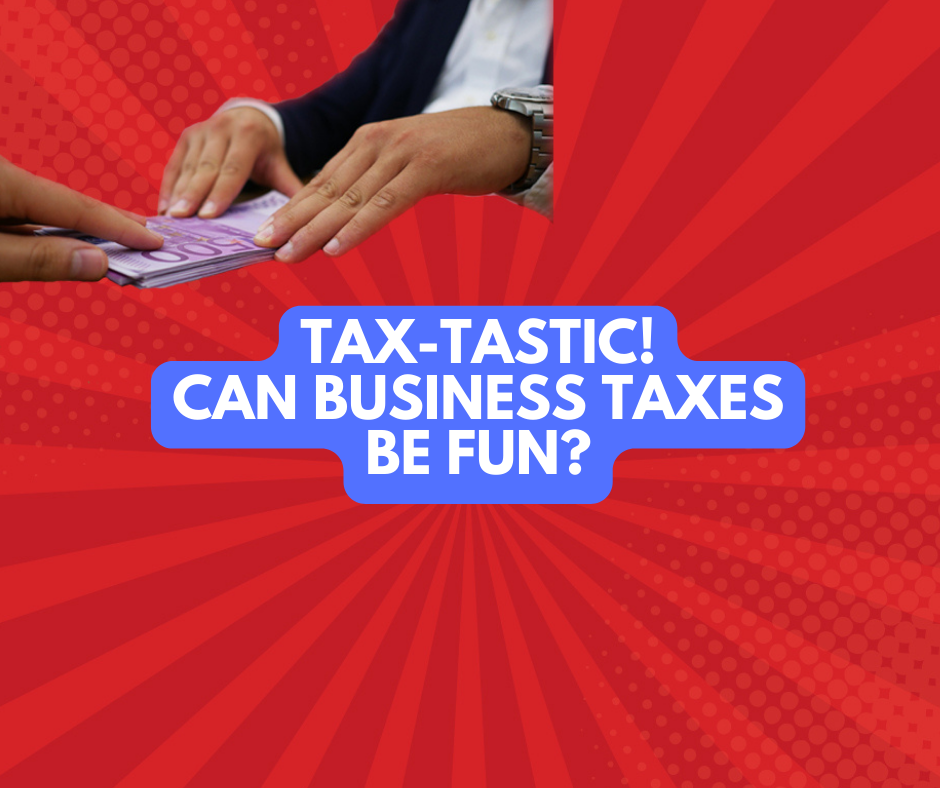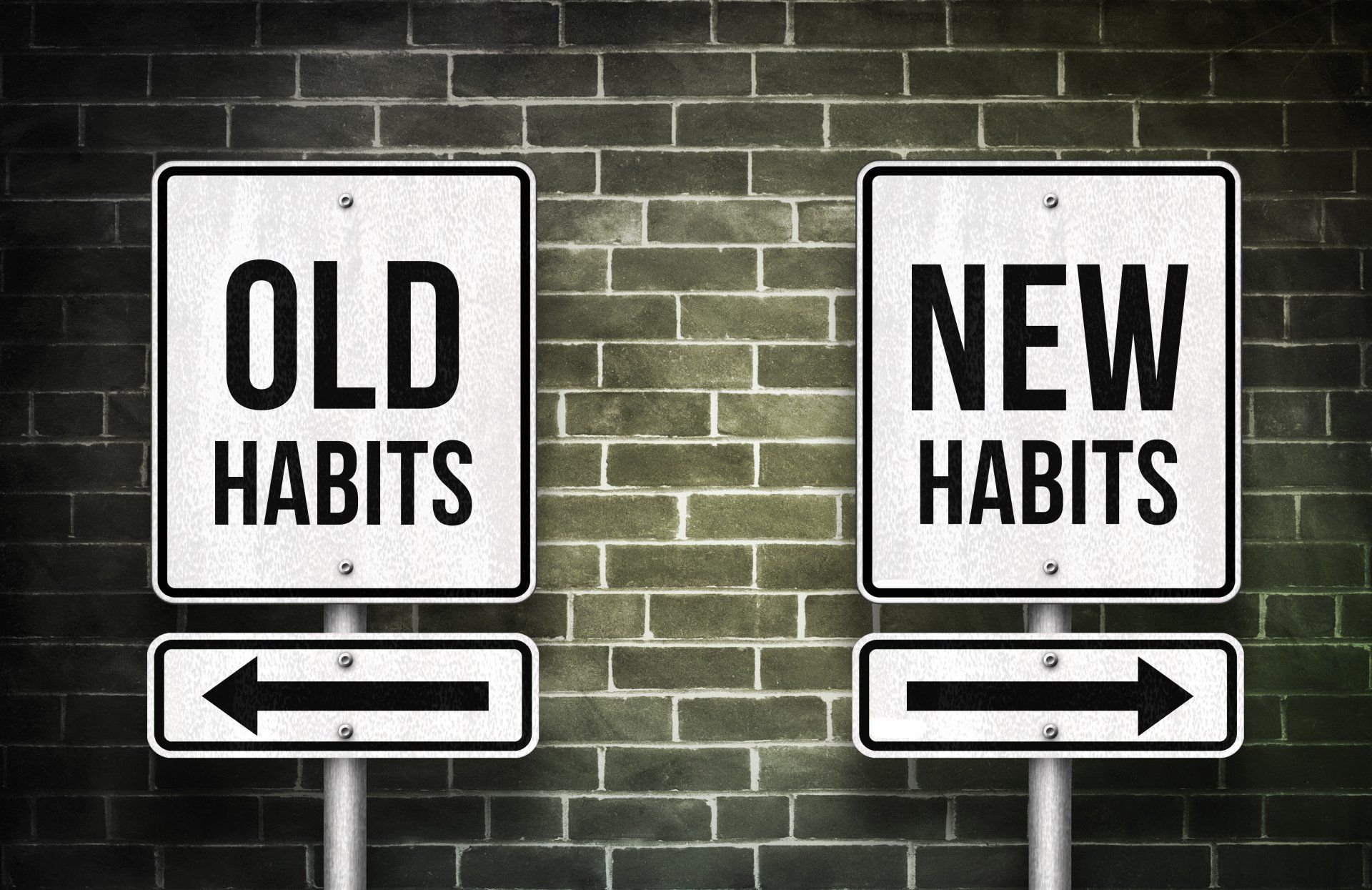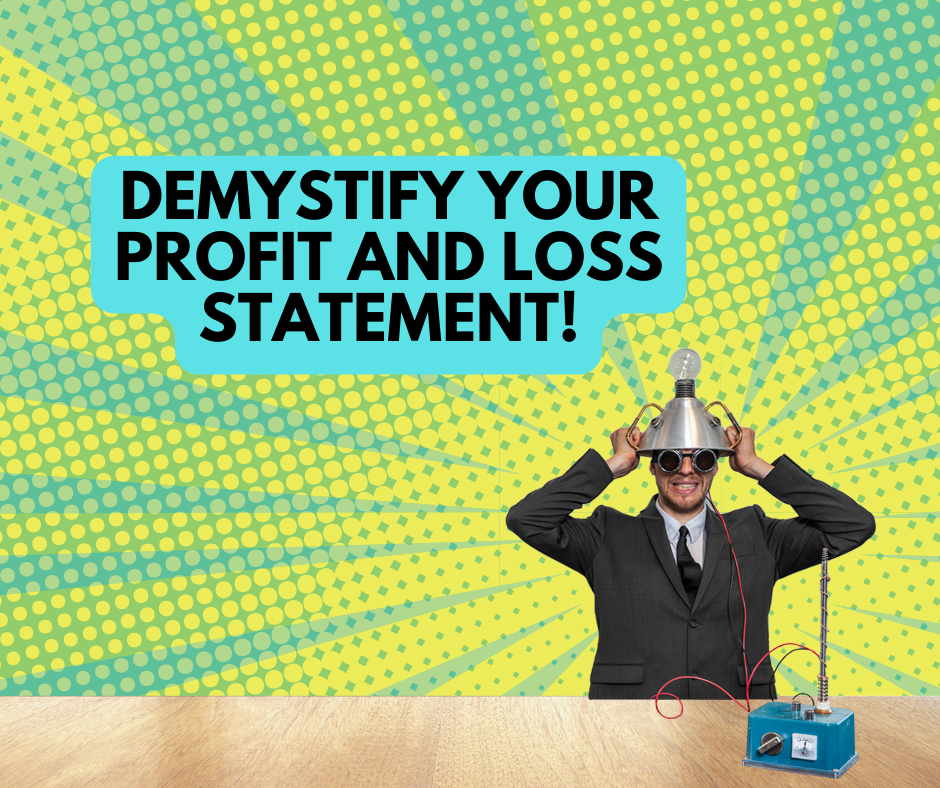Food retailers, hardware and software suppliers, grocery stores, consumer packaged goods manufacturers, alcohol manufacturers and dating apps have all experienced an unexpected boost in sales: Is the growth sustainable? Will it last for 1,2,3 years or will it be permanent? Tourism operators and hotels have experienced unprecedented drops in demand: Will their business ever come back? If so when and for how long? Retailers and movie theatres need to envision how the pandemic will permanently affect consumer buying habits. When the pandemic is over, many companies will find that their business model has been disrupted in fundamental ways.
Over the last several months, we’ve been working with management teams in a variety of sectors, including retail, tourism, construction, manufacturing, and professional services, to develop a plan for what comes next. What we’ve learned is that conventional strategic thinking hasn’t helped these businesses to plan for the next “new normal.” Instead, the best answers have come from a hybrid approach: one that combines traditional business strategy with the latest thinking from social science and innovation theory.
Ultimately, planning for a post-pandemic world means answering three questions.
1) How does your business really make money? Many companies haven’t taken the time to articulate their critical strategic differentiators or map out how money, goods, and information flow from their suppliers to their consumers.
2) who do you depend on to drive the business? Define your most important stakeholders and their behaviours that affect your business model.
3) The third critical question — what will people’s behaviours look like after the pandemic — this is the most difficult question to answer. Whilst the pandemic is temporary, it’s lasting long enough to turn temporary behaviours into structural shifts. At the end of the crisis, some things will return to the way they were, some things will look very different, and some things will simply not come back. The trick is to figure out which is which.
To address the last question, let’s analyse three categories of stakeholder behaviours:
- Sustained behaviours are activities that are likely to return to their pre-crisis state virtually unchanged. For instance, people stopped staying in hotels in the months after 9/11, but that behaviour eventually returned to pre-9/11 levels. Hoteliers just needed to find ways to hold on in the meantime.
- Transformed behaviours are activities that are likely to return after the crisis, albeit with fundamental changes. After 9/11, people stopped flying on planes. When they started flying again, the need for stricter security protocols at airports was clear. Airports began to make massive investments in security technology that they had been previously slow to make. This had a major positive effect on the businesses of security system manufacturers.
- Collapsed behaviours are activities that are likely to cease altogether or be replaced by alternatives. After 9/11, travellers could no longer take beverages past the security control check point. If you owned a coffee shop outside of that point, all of a sudden, your customers just stopped buying their coffee or water as they arrived at the airport. Today, you won’t find as many beverage shops outside of security control check points.
How do you predict behaviour change?
At first glance, it can seem impossible to forecast how behaviours will change. Fortunately, we can draw on decades of research on habit formation, technology adoption and behavioural economics to make reasonable predictions on what happens next. We’ve identified four factors to help you evaluate how behaviours might change for your stakeholders:
1. Mechanics. Is the behaviour a habit or has it been somehow disrupted? Being part of a routine increases the likelihood that the behaviour will continue. Importantly, studies of habit formation suggest that time spent doing a behaviour isn’t the critical factor in determining whether it gets embedded; it’s the number of times you do it. For example, after analysing its order data, a home delivery company discovered that it took four deliveries to make a customer for life. Completing three orders wasn’t enough. And five orders provided no additional adherence.
Ask yourself:
- Sustained behaviour: Are the mechanics of the behaviour engrained in daily habits, routines, or rituals?
- Transformed behaviour: Have people been forced to alter the mechanics or stop the behaviour altogether?
- Collapsed behaviour: Are the mechanics of the behaviour foreign, complicated, or difficult?
2. Motivators. Does continuing this behaviour provide significant psychological or financial benefit? For example, staying at home during the pandemic has reminded us of just how much we miss other people. And while we may be reluctant to eat in restaurants right now, the positive psychological benefits of going out to eat with friends increases the likelihood that we haven’t seen the last of people dining out. As one might imagine, psychological studies show that intrinsic rewards can be far more impactful than a purely monetary return.
Ask yourself:
- Sustained behaviour: Is the behaviour driven by psychological or financial benefits?
- Transformed behaviour: Have these benefits shifted?
- Collapsed behaviour: Are the benefits of the previous behaviour ungratifying or dangerous? Do they come at a new cost?
3. Pressures. Human beings are herd animals, and we like to do what everyone else in the herd is doing. For example, if everyone else is speeding on the highway, we speed up, too. That, of course, changes when we see flashing lights in our rear-view mirror: Social pressures give way to an authority figure. When evaluating a behaviour, examine who’s telling people to keep doing it.
Ask yourself:
- Sustained behaviour: Are there authoritative or social forces driving the behaviour?
- Transformed behaviour: Are people getting mixed messages about continuing the behaviour?
- Collapsed behaviour: Are there authoritative or social deterrents to the behaviour?
4. Alternatives to the behaviour. People will abandon a behaviour if there’s a better way to do it, but shifting to the new behaviour needs to be relatively painless. Importantly, technology adoption theory suggests that the alternative needs to already be in use by early adopters. For example, Zoom wasn’t invented during the pandemic. It was already being used by a group of loyal fans when the pandemic hit.
Ask yourself:
- Sustained behaviour: Are there a lack of viable alternatives or substitutes to the behaviour?
- Transformed behaviour: Are there viable alternative solutions that meet the needs of the behaviour?
- Collapsed behaviour: Are there viable alternative activities that meet the needs of the behaviour?
One by one, take a look at each stakeholder and the critical behaviours that drive your business. Do you have reason to believe that this behaviour will continue? Or does your analysis suggest that it just might fall away? In that case, it’s time to come up with a plan.
You might find that you’re left with a few behaviours that are difficult to forecast. For example, will your customers shop in-store as a way of bonding with their children? Will domestic travel spike in popularity compared to international travel? In those cases, imagine what the business might do to succeed no matter whether the behaviour sustains, transforms, or collapses. By wargaming different scenarios and adding in the known behaviours, you can develop a playbook to adapt regardless of what comes to pass.
Get past the big existential questions and focus on your business.
The brain gets foggy when we grapple with great uncertainty. We may feel like it’s impossible to plan for the future, and we forget that things can quickly change. In this moment, it’s critical to adapt a mindset of learning and discovery. Rather than trying to answer questions that don’t matter, we can rely on the well-researched theories that have mapped behaviour change over long periods of time. And we can play out multiple scenarios so we’re ready regardless of the outcome. With that, it’s possible to come up with a radical plan that may even unlock a new era of growth in a post-Covid world.
At the Business Enterprise Centre we can help you unlock the future potential for your business.




